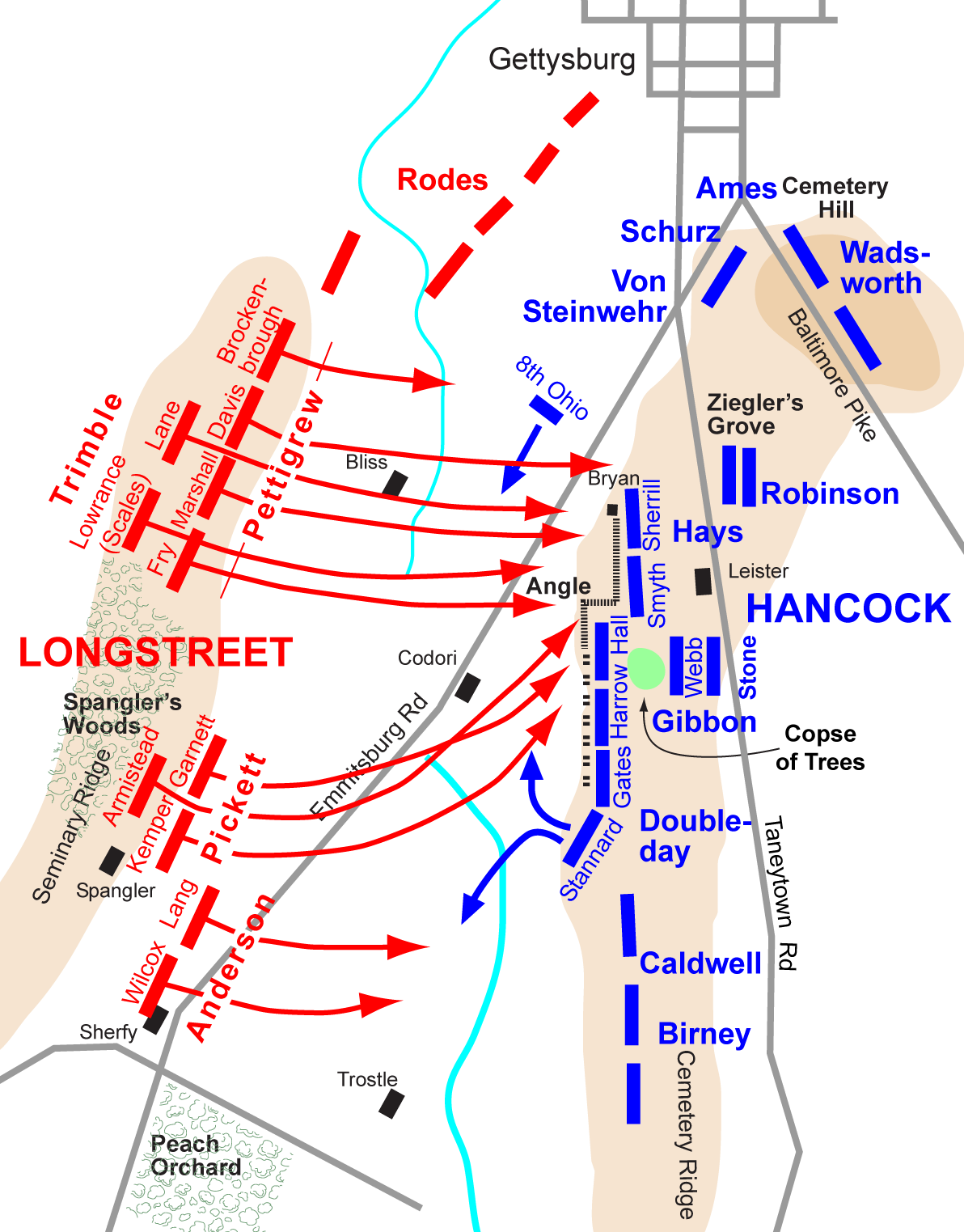Whilst on vacation in beautiful Southern-France I read a handful of great and interesting books on military history. About a few of those I would like to share a word with you.
Panzer Gunner is a very special book, not only because of the style in which it is written: a very personal, very open biography, but more because of the strange history of its writer: Bruno Friesen. The sub-title of the book says it all: "From my native Canada to the German Ostfront and back."
Only now, after all these years, mister Friesen has decided to tell the remarkable history of his youth. Born in a German-speaking Mennonite family which emigrated from the Ukraine to Canada to seek their fortune away from the Communists Bruno's father sends him and his brother to prosperous Germany in 1939. Many a good chance and a good future he hopes to find there for the two young lads but that turns out not to be the case as they are separated and threated as "The Americans".
Bruno tells in a very personal way about his experience on a farm in Northern-Germany, his subsequent job in the shipyards and the change of the early war years.

By 1942 he is drafted into the Wehrmacht like many young 'German' boys and trained as a driver, and later as a gunner, on the panzer IV. Here the true magnificence of his biography starts, the detail of the account makes it stand out from all other 'panzer-biographies'. He tells about the sergeant's bullying tricks during training, the experience on garrison duties in Italy (after the Italian defection), visits to the brothel in Trieste and the battles on the Eastern-Front. Bruno's account is not a simple one, telling about the fights, the action and the stress of battle. No, he takes you into the driver's seat of the Panzer IV and explains how it is driven, how gear-changes work and how the steel monster is navigated. The same for the Jagdpanzer IV, tank-destroyer. Which crewmember does what, how is the gun loaded and above all how is it adjusted, aimed and fired. Truly fascinating stuff and a must read for everyone interested in the period.
After the war Bruno Friesen returns 'home' to Canada. His war-experience is a serious drawback for his career and makes life difficult. So he decides not to speak about it, until now. And I am glad he did.
-
Panzer Gunner by Bruno Friesen fascinating 'in-depth' personal account of the job and life of a panzer's driver and gunner
4/5






